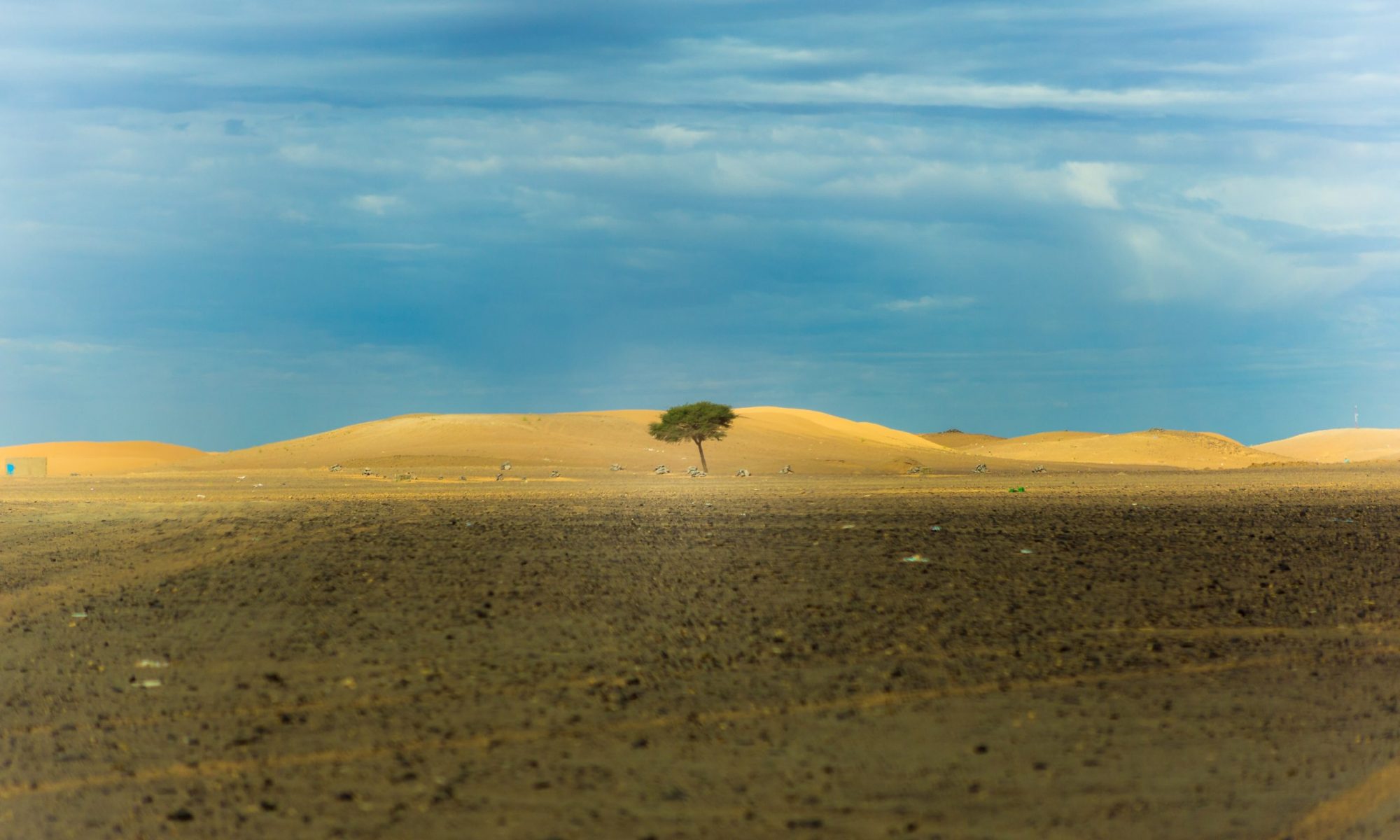Author Information:
Cornelius Holtorf: I read prehistoric archaeology, social anthropology and physical anthropology in Germany, England and Wales. In 1998 I gained my PhD and was subsequently employed in research and teaching at the University of Gothenburg (1998–1999), the University of Cambridge (1999–2002), the Swedish National Heritage Board in Stockholm (2002–2004) and the University of Lund (2005–2008).
Since 2008 I have been working at Kalmar where I am currently a Professor of Archaeology at Linnaeus University and Director of the Graduate School in Contract Archaeology (GRASCA).
Since 2017 I have been holding a UNESCO Chair on Heritage Futures at Linnaeus University.
http://corneliusholtorf.com
https://lnu.se/en/unescochair/
Prof. Cornelius Holtorf
Archaeology
Department of Cultural Sciences
Linnaeus University
391 82 Kalmar
Sweden
cornelius.holtorf@lnu.se
You can find and download a PDF version of the following interview at the long-term archive Zenodo under the following DOI:
Q: With which institution are you currently affiliated and what is your field of expertise?
I am a ‘future archaeologist’, currently holding a UNESCO Chair on Heritage Futures at Linnaeus University, Sweden.
Q: What sparked your interest in researching resilience and vulnerability?
My interest was sparked by current discussions in heritage studies and heritage management regarding sustainable development and managing change in global heritage conservation.
Q: What are the sources and approaches with which you investigate vulnerability and resilience?
I try to follow current debates and the relevant theoretical literature I come across as much as I can, more regarding resilience than vulnerability.
Q: Are vulnerability and resilience mutually complementary or exclusive concepts, or are they not related to each other at all?
In my mind, the two concepts are clearly related to each other. Lack of resilience increases vulnerability!
Q: Do you consider vulnerability and resilience essential characteristics of social configurations?
The question is problematic as it presumes essences and it is also unclear to me what you mean by “social configurations”. I cannot answer it.
Q: Is the history of humankind a history of resilience and vulnerability?
Arguably yes. It can be interpreted and told as such.
Q: Have you personally experienced situations in which you felt particularly vulnerable or resilient and did these experiences influence your research?
Yes, I feel vulnerable when I experience a lack of control, either intellectually or physically (e.g. on a rollercoaster!). Vice versa, I feel resilient in situations where I have a perception of control. Sometimes I try to expose myself to certain risks and embrace my own vulnerability as this allows me to develop and change my life in some (small) way, which is something I enjoy. I don’t think this has affected my research in any profound way, although there may be some link anyway as I have been arguing for an appreciation of the value of loss and change in some of my writing too (e.g. Holtorf 2015; 2020).
Q: What are the future challenges in resilience and vulnerability research?
The main challenge, as always, lies in the need of a research area to develop and change continuously, and the need of researchers to accept this or move on to some other area.
Q: What do you think would make us more resilient to cope with current challenges?
An increased ability to embrace change (Holtorf 2018).
Q: Are there lessons for the future that we could learn from studying the past?
Yes, history illustrates that nothing stays the same for very long in the way it is perceived at any one point (except possibly this).
References
Holtorf, C. (2015). Averting Loss Aversion in Cultural Heritage. International Journal of Heritage Studies 21(4), 405–421.
Holtorf, C. (2018). Embracing Change: How cultural resilience is increased through cultural heritage. World Archaeology 50(4), 639–650. DOI: 10.1080/ 00438243.2018.1510340
Holtorf, C. (2020). Destruction and Reconstruction of Cultural Heritage as Future-Making. In M. Nagaoka (Ed.), The Future of the Bamiyan Buddha Statues (pp. 157–172). Paris, Cham: UNESCO/Springer Nature.

